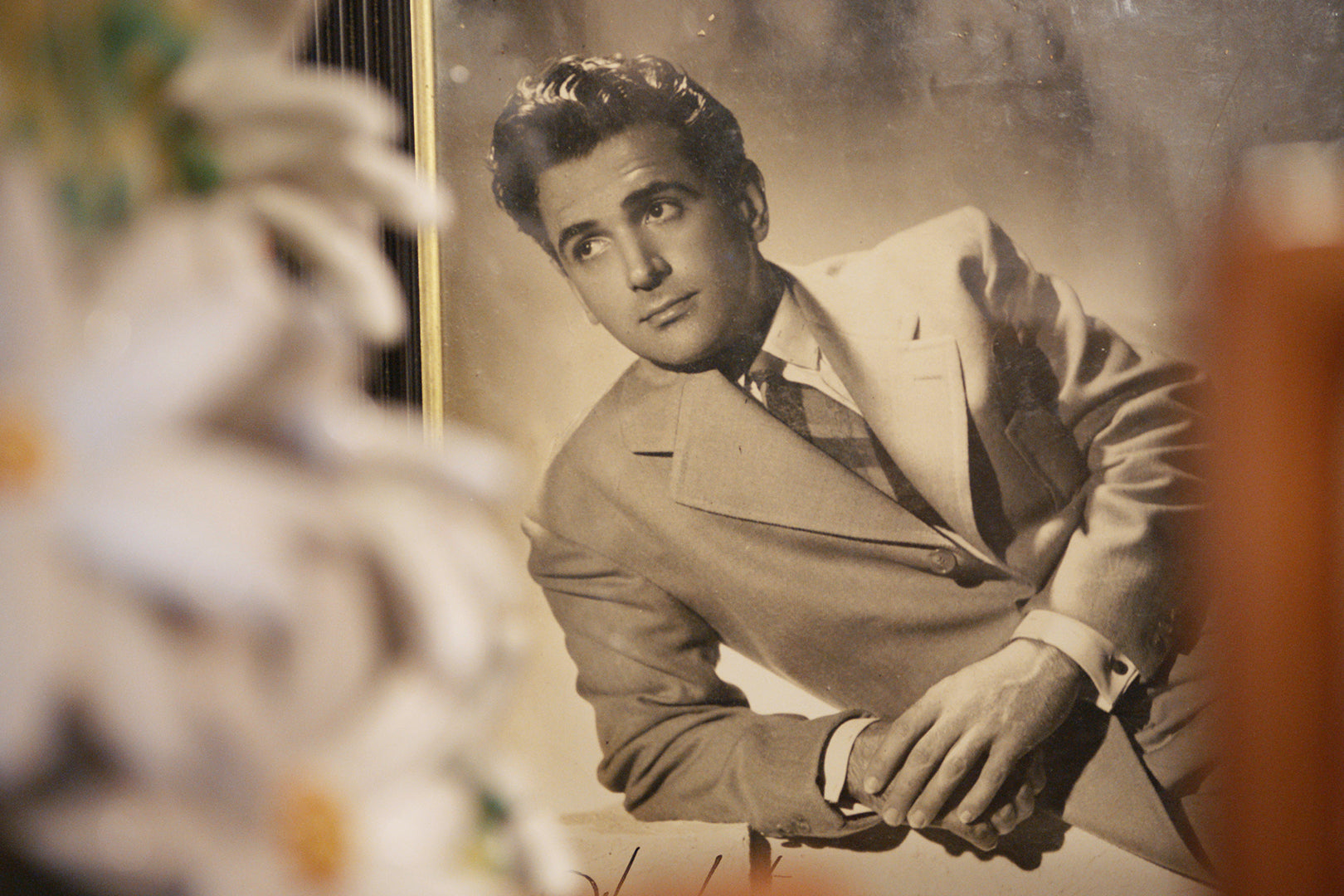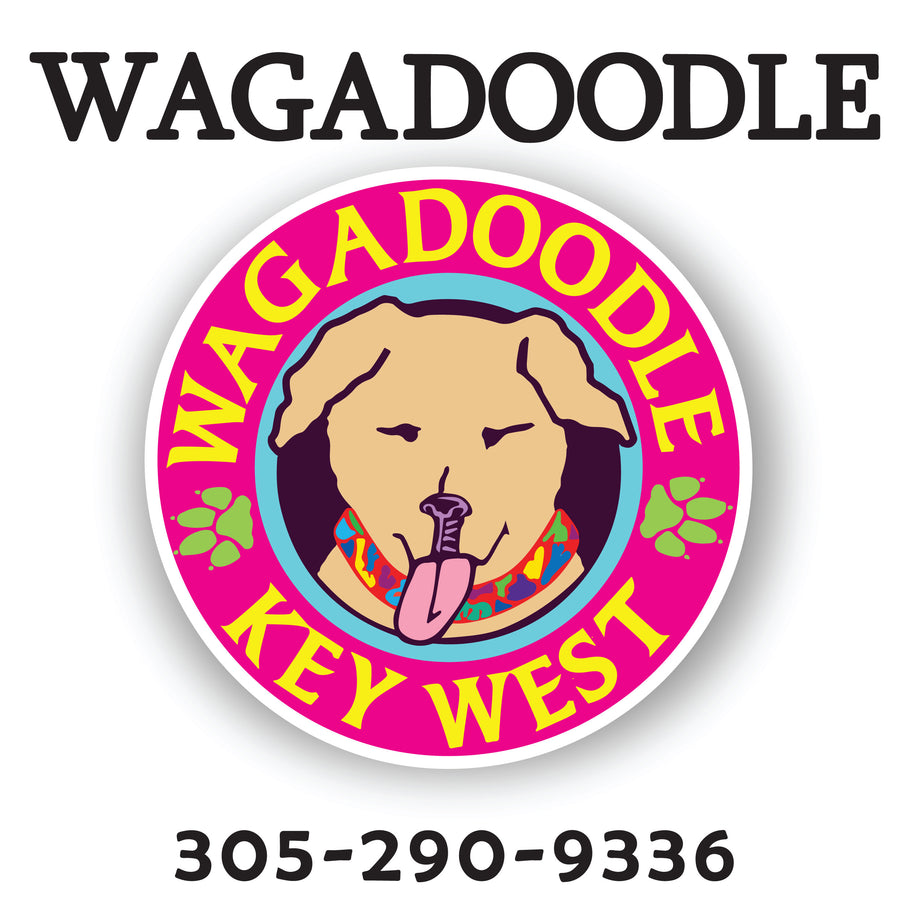When the place we call home is also the place where we work and create, it defines us as much as we define it. Makers and founders everywhere are at the heart of the communities where they do business. This series, And Nowhere Else, examines the relationship between the places they live and what they choose to create.
As you crest the last of 42 bridges along the 113-mile stretch of Highway 1, you’re greeted by a sign welcoming you to “Paradise, USA.” Affable locals, two rum cocktails deep, say this island has a “vague, sexy mystery” with its blooming Moonflowers, famous sunsets, and “island-y, Jimmy Buffet-ish, cowboy sort of soundtrack ”. Paradise indeed. This is Key West, Florida.
Yet less than two years ago, Key West was victimized by Hurricane Irma, a category 4 storm that destroyed homes, wiped out a tourism industry that employs over half the island’s residents, and dumped 2.5 million cubic yards of debris along the only highway out of town. It was the first time this area had experienced a hurricane in almost 12 years, and the threat continues to loom.
Within six months of Irma, though, many of the island’s shops and hotels were back up and running, and tourists were trickling in. Distiller Paul Menta says it wouldn’t have been possible without the strength of the business community. “We’re not competitors anymore,” he says. “We have to work together, and that’s what we do.”
This tight-knit community opens its arms to outsiders—though you’re not a “conch” unless you were born here—and the result is a mixed bag of adventure-seekers, displaced artists, retirees, and, as one local says, “oddballs.” These are their stories.
The island of misfit toys
Paul always felt like a sore thumb. That is, until he moved to Key West and found his people. “I came here and I kind of just fell into place,” he says. The chef by trade discovered an untapped market in his new home: legally distilled rum. “They’ve done it illegally, but nobody’s had a license,” he says.
Paul became the first to open a legitimate distillery in Key West, bottling the flavor of the island through Key West First Legal Rum Distillery. Literally. Unlike many rums made with molasses,—a byproduct of sugar refining—he uses local dermera cane sugar and cures his barrels in the ocean’s salty bounty. Anywhere else, it might seem curious to see a man rolling a rum barrel down the street, but here in Key West, Paul says, weird is normal: “We’re the land of misfit toys.”
Paul may be the only business owner on the island who welcomes the hurricanes. He says that the resulting pressure drop produces unique flavors like butterscotch and black truffle. While the hurricanes may be beneficial to rum-making, he admits that they’re not great at producing customers.
Tropical collars
Deb Pansier once biked from Key West to Alaska with her dog Bucky in tow. Though she moved to the island in 1978 and still calls it home, she’s traveled across the U.S., building houseboats, working open range cattle in Wyoming, and learning to operate a crane. In 1991 she made her first dog collar and would eventually supply collars to Jimmy Buffet’s Margaritaville locations across the U.S. These days, you can find her, paintbrush in hand, designing custom tropical collars for Key West pets at her studio and pet shop, Wagadoodle, on Fleming Street.
A mother lode of gold doubloons
Mel Fisher was a dive shop owner in California when, decades ago, he convinced a group to dive for treasure off the east coast of Florida. Almost a year after the first dive, the group uncovered riches not seen for centuries. That first big find—only a fraction of the 1622 wreck of the Spanish ship Atocha—yielded a $20 million bounty. Key West’s penchant for angry storms, combined with a harrowingly narrow channel between it and Cuba, make it infamous for shipwrecks.
Mel’s son Kim was 9 when his father let him dive for treasure for the first time. Kim found a silver coin and says he’s been “hooked ever since.” Today, carrying on his father’s legacy, Kim operates Mel Fisher’s Treasure, providing visitors a rare look at centuries-old artifacts and an opportunity to own a piece of history. “Everybody dreams about finding buried treasure,” Kim says. “I know I’m really lucky. I get to live that dream.”
A Mainer in Key West
Angela Berube-Grey had a long career in IT and web design before she and her family moved from Maine to Key West in 2014. The change in climate was tough on her kids’ skin, and Angela took action. She began experimenting with natural ingredients to make soaps and lotion bars to combat the problem. Using local ingredients and natural fragrance inspired by their new island life, Angela now handcrafts and sells her products in her retail shop, Conch Republic Body Essentials. In true Key West fashion, she also co-owns a paddle board–making business with her artisan husband, Craig.
The millionaire in flip-flops
To celebrate receiving a top honor in her role as a shoe company exec, Sue Cooper quit her career cold turkey. A year later, as a new Key West transplant, she founded Lazy Dog, selling T-shirts and renting kayaks (and later paddle boards). In 2012, she wrote the book Millionaire in Flip Flops to share her transition from the corporate world to being her own boss. More than 20 years after starting her business, Sue is still at the paddle, and Lazy Dog has expanded to offer tours, retreats, and lessons.
Walk a mile in his shoes
During the Cuban Revolution in 1960, Roberto “Kino” Lopez and his young wife, Margarita, fled the country to take refuge in Key West. “They thought the revolution would be short-lived and they would go back,” says daughter Ana.
Initially in Key West, Roberto supported the family through manual labour jobs. In 1965, though, he founded Kino Sandals, drawing on his skills working as a boot-maker in Cuba to make footwear appropriate for the laid-back island lifestyle. More than 50 years later, Kino Sandals is still family-run, with the products handcrafted and the next generation at the helm.
They never expected to find a second home in Key West, though they say their community is like family. “If you ever need any help, you could always turn to anybody here in our small community,” says son Alan. “Pretty much everyone knows each other,” adds Ana.

The coastline curse—and opportunity
There’s more than one reason business owners enjoy living in Key West. If it isn’t the people or the Bob Ross sunsets, surely it’s the miles of coastline. Flanked by the Atlantic Ocean and the Gulf of Mexico, its surrounding sea life is as diverse as its residents.
Paul McGrail and Sean Rowley knew opportunity when they saw it. The business partners bought their first catamaran in 1988, and today, their Sebago Watersports fleet hosts sailing tours and snorkeling adventures in the world’s third largest coral barrier reef.
Some of the other shops selling goods unique to the area include Kermit’s Key West Lime Shoppe, run by a local character named Kermit Carpenter, who churns out all manner of treats, including key lime green tomato relish and Kermit’s Choc-O-Roon Cookies.
"If you're meant to be here, the island will let you know. And if you’re not, it will chew you up and spit you right back out."
https://www.shopify.com/blog/key-west-after-the-storm
About the author
Dayna Winter
Dayna Winter is a Storyteller at Shopify, curious about the humans behind the brands and the moments that motivate them to create. She follows more dogs than humans on Instagram and isn't a real redhead.
